The Paladin, a paragon of truth and justice, isn’t exactly the most efficient class without a weapon in their hand in Dungeons & Dragons 5E. Paladins need to choose the right Fighting Style to fend for themselves and strike down their foes, and knowing which one is best will make your Paladin much stronger on the front lines. So, what type of blade will you bring into battle?
The Paladin gets their Fighting Style at level two, the same level that they unlock spellcasting and Divine Smite. This feature is a permanent upgrade to every Paladin’s turn-by-turn gameplay, and provides them with consistent damage or utility, typically by improving the way they use weapons.
The strongest Paladin Fighting Styles in 5E
Paladin Fighting Styles are almost all melee-focused, pushing them toward the front lines of the battlefield. As such, Paladins’ best Fighting Styles in 5E are the ones that improve their damage potential or survivability in melee. With seven Fighting Styles to choose from, Paladins have a whole host of powerful options.
7. Protection
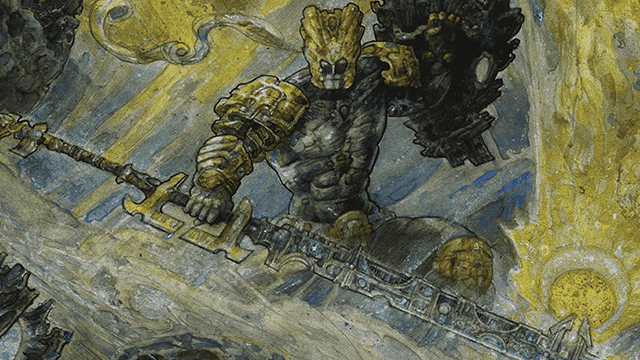
Unfortunately, Protection is not one of those powerful options. Protection is a reaction that gives disadvantage to an attack that targets an adjacent ally. The reaction only works while the Paladin has a shield equipped.
It sounds potent on paper. The ability to protect a nearby melee warrior like a Monk or Rogue—whose lower health makes them more susceptible to attacks—is enticing. But alas, this reaction can really choke the life out of those weaker allies.
Standing right next to a Paladin is a huge red flag. Rather than targeting the Paladin, a nigh-impenetrable wall of AC, your enemies will instead have a soft and squishy target to punch right next to them. You can only protect an ally once per turn, after all.
Those allies would be better off scampering away instead, leaving the Paladin as the only thing your foes can reach. Ultimately, this usually means you won’t have a target to use Protection on, as it only works on adjacent allies.
On top of this, the Paladin has so many other ways to impose disadvantage that Protection really isn’t necessary. Compelled Duel, for instance, applies disadvantage to all attacks from a particular target. Additionally, many oaths, like the Oath of Conquest, have actions that can apply disadvantage to attack rolls on multiple targets.
You’d be doing your party a disservice by choosing Protection.
6. Interception
Interception runs into many of the same problems as Protection. Interception is a reaction that reduces damage dealt to an adjacent ally from an attack by 1d10 plus proficiency modifier. This reaction works while the Paladin is wielding any weapon or shield.
This Fighting Style is slightly more flexible than Protection. Reducing damage stacks in 5E, as long as people spend the reactions for it. So a Sorcerer who uses Absorb Elements when damaged by a Scorching Ray can also benefit from Interception, for example. It also means you can reduce damage from creatures who already have advantage or disadvantage on their attack rolls, making it more consistent.
However, the same hurdles that make Protection mostly useless also apply to Interception. Adjacency with a high AC tank is hard to maintain, unless it’s a Fighter or Barbarian that won’t need the extra defenses to survive. You only get one reaction per turn; as enemies swing more, you don’t block more.
On top of this, keeping a reaction available for opportunity attacks is important. You’re a sizeable threat with Divine Smite, and with the addition of feats like Sentinel, you’ll do a much better job keeping nearby allies safe by hitting enemies for 8d8 plus modifiers.
5. Blind Fighting
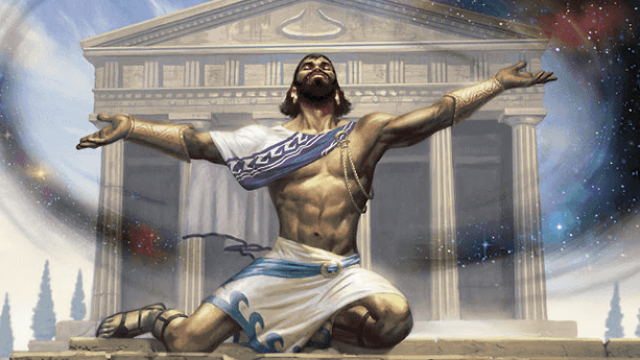
A fascinating Fighting Style, Blind Fighting grants Blindsight of 10 feet. So, within two squares, you get to see invisible creatures that aren’t hiding, concealed creatures, and through full cover without issue, including through magical effects like Darkness or Major Image. You can do this while wielding any weapon.
Blindsight is one of the strongest sight abilities in the game. Enemies that use invisibility or other methods to hide themselves can be immensely frustrating to deal with. This non-magical solution is enticing, as your Blindsight can’t be countered and can also solve puzzles involving illusions.
That said, Fighting Styles aren’t really here to counter Illusions. That’s a job for your Bard, or for spells like Branding Smite. Replacing the potential to deal more damage with the ability to solve a problem that doesn’t come up very often just isn’t what Fighting Styles are for.
This is something to consider for specific campaigns, like those set in the Underdark, where the effect may be relevant to every fight. Otherwise, you should consider another option.
4. Great Weapon Fighting
Great Weapon Fighting allows you to, while wielding a melee weapon in both hands, reroll weapon damage dice with a result of one or two. You can use this once per dice.
This sounds stellar for a damage-dealing Paladin, but it causes a few headaches. First, this feature does not apply to Divine Smite or other Smite spells. It just applies to the damage of the weapon you are wielding. This means, by taking this feature, you’re going to want weapons that roll a lot of smaller dice. That usually means Greatswords.
And with Greatswords, Great Weapon Fighting improves your damage by an average of about one. That’s because you’re not rerolling the 2d6s every time you swing. You only reroll if you get the 33 percent chance of getting a one or a two. Then, you have to keep the second roll, meaning a truly unlucky Paladin can easily find themselves rerolling a one into a one, or a two into a one.
This is an improvement to damage, especially with critical hits. So, if you want to use a Greatsword, Great Weapon Fighting is very much worth considering. But, even then, it might not even be your strongest option.
3. Blessed Warrior
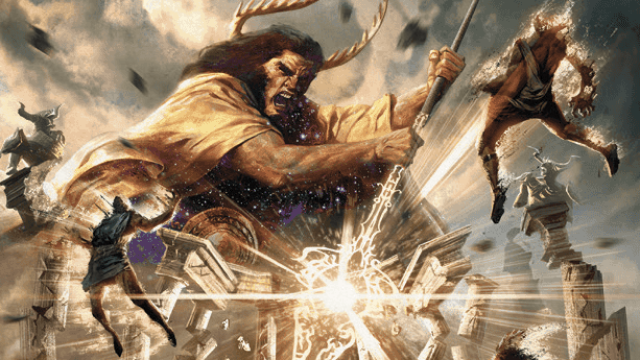
Blessed Warrior is a cool Fighting Style that teaches you two cantrips from the Cleric spell list. They count as Paladin spells, meaning you get to use Charisma for them.
It’s an interesting feature that potentially lets the Paladin directly damage enemies with spells. Word of Radiance hits all nearby enemies, making a melee Paladin much less reliant on nuking single targets. Toll the Dead is a high-damage ranged option, something a Paladin rarely has on deck. And a supportive Paladin can consider spells like Guidance to aid their party members out of combat.
That said, it also makes your build quite awkward. You’ll still want around 15 Strength to avoid Heavy Armor penalties. You’ll also be partially ignoring several base Paladin features—Divine Smite, Improved Divine Smite, Extra Attack—that make the Paladin a unique single-target damage dealer. You could give yourself strong options for situations Paladins are usually weak in, like fighting at range and dealing with swarms of enemies, but this weakens the Paladin’s ability to deal strong single-target damage, which is a big miss.
In a lot of cases, multiclassing to Divine Soul Sorcerer or Hexblade Warlock is a better choice that doesn’t cost you a Fighting Style.
2. Defense
Defense is by far the least flashy Fighting Style, granting a plus-one to AC. This simple benefit provides nothing more than a five percent chance for any given attack roll to miss.
So, why did it make it so far down the list? There’s two big reasons. The first is just how strong a plus-one to AC is. While your attack rolls improve naturally over the course of your adventure, AC is something that needs cultivating. The 20 AC you have at level one or two—with Full Plate and a Shield—is very strong. But, that same AC at level 20 will be much more susceptible to attacks, especially with enemies having more ways to gain advantage against you in the late-game.
Just by bumping it up by one, you are making it much harder to hit you. 21 AC at level one requires most enemies to roll a 16 to hit you, and a 10 to hit you by endgame. With magical gear, that extra plus-one is going to become a problematic bonus for your poor DM.
Another reason Defense is so strong is that gear in DnD 5E is rarely tailored for each character. You might have a Magical Greatsword rotting in your bags that you don’t want to use because you took Dueling for your Fighting Style, or a magical shield that feels weak because you have Great Weapon Fighting.
Defense works fine for every build, improving the Paladin’s durability while making sure you never have a wasted class feature—provided you are wearing any type of armor.
1. Dueling
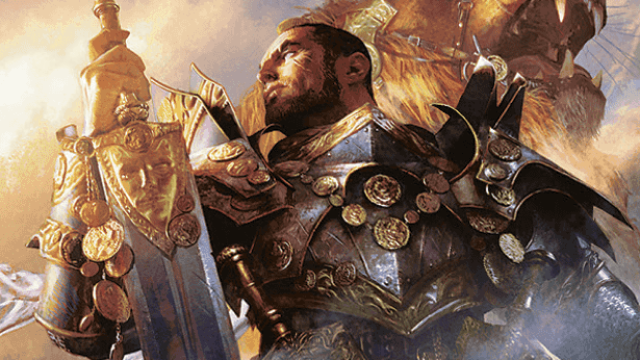
The best Fighting Style for the traditional Paladin is Dueling. Dueling grants a plus-two to damage while you have a weapon in one hand and no weapon in the other hand. You can wield things like shields or scrolls in your other hand, just not weapons.
The most important thing about this feature is that it can make a Longsword hit like a Greataxe. While you’ll be slightly behind the average damage of a Greatsword, this feature makes you deal a lot of damage on the front lines—all without sacrificing the gigantic AC of Full Plate and a Shield.
Paladins tend to focus less on weapon damage dice than classes like Barbarian or Fighter. Since you have access to Divine Smite, you can instead treat your weapon as a conduit for your magic. A Greatsword with level 4 Smite, for example, hits for 2d6 + 5d8 + Strength modifier (29.5 damage on average). Meanwhile, an equivalent Longsword hits for 6d8 + Strength modifier (27 damage on average). Dueling evens out that damage difference while letting you hold your shield up high.
As Paladins are perhaps the best sword and shield characters in 5E, you can’t go wrong with this choice as your default. Let the Artificer play with the big weapons—you can do so much work with a shield in one hand and anything weapon-shaped in the other.


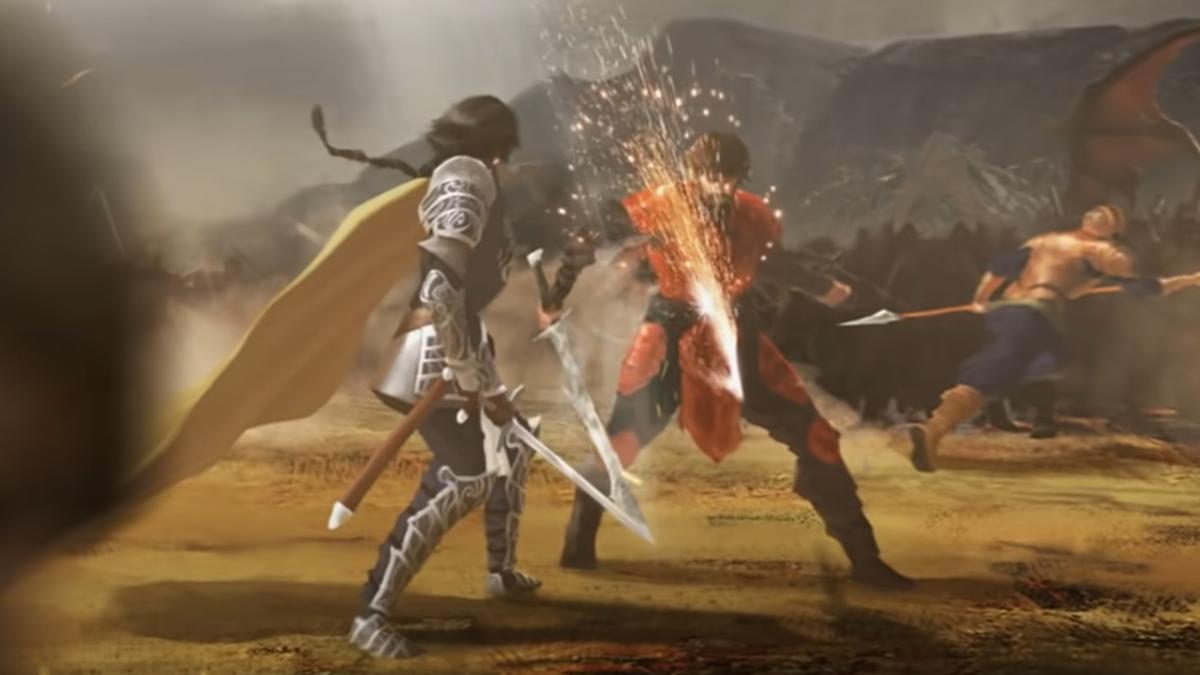

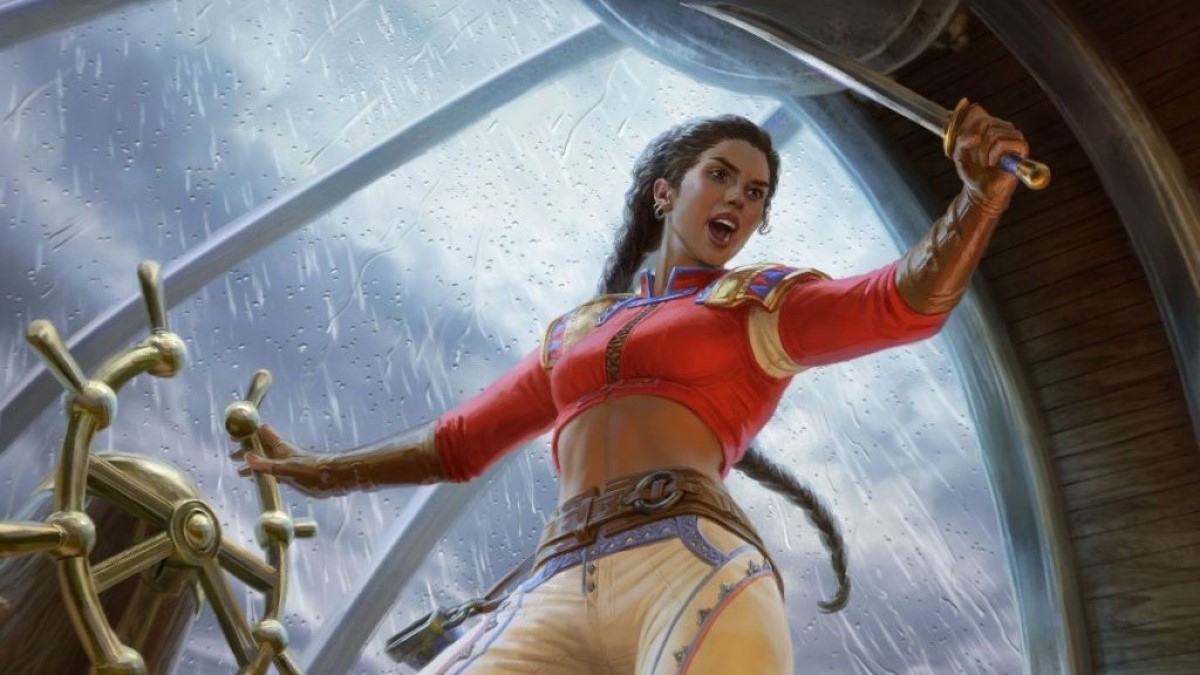
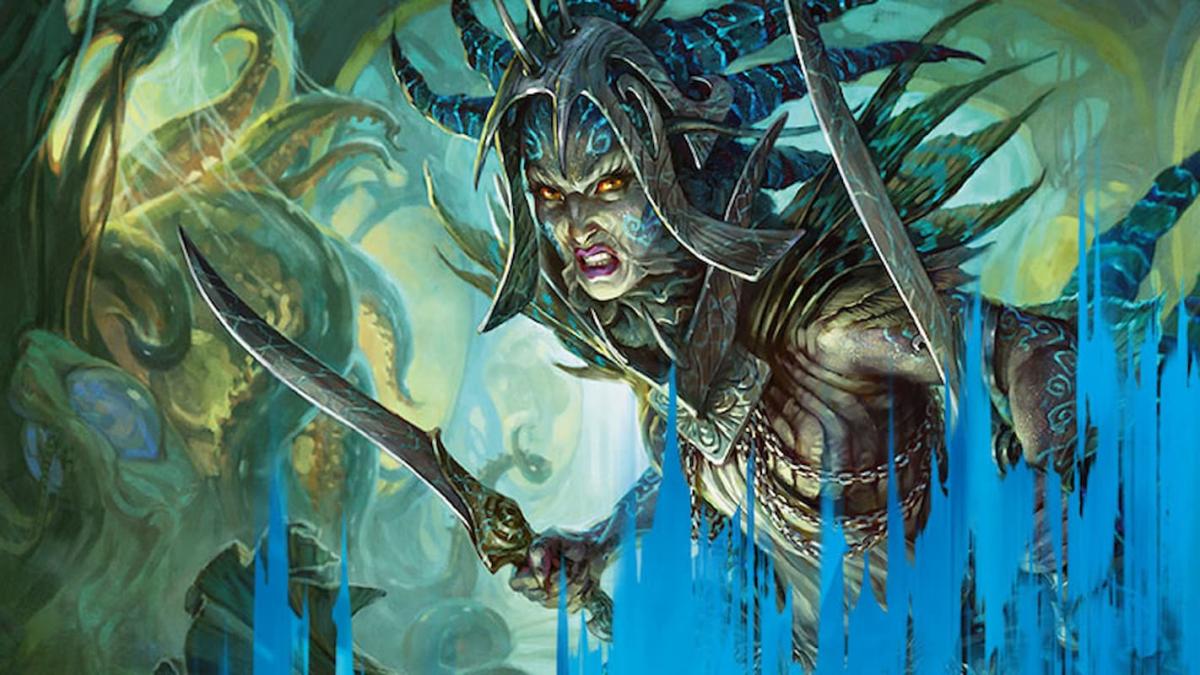
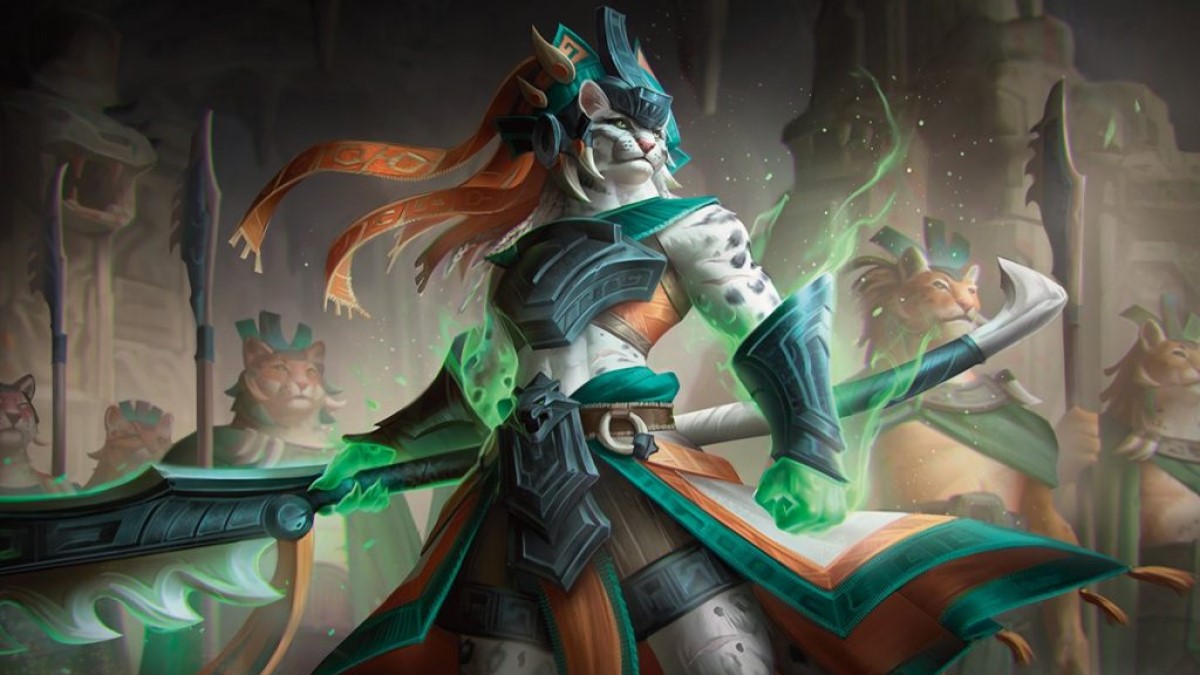
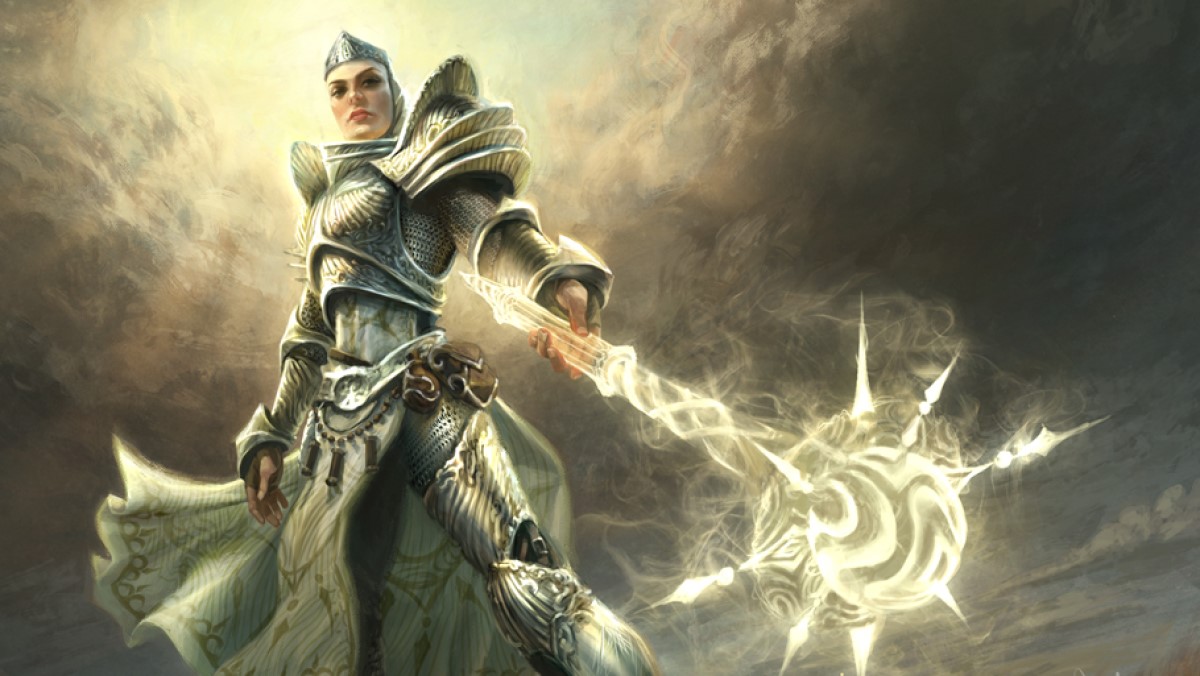

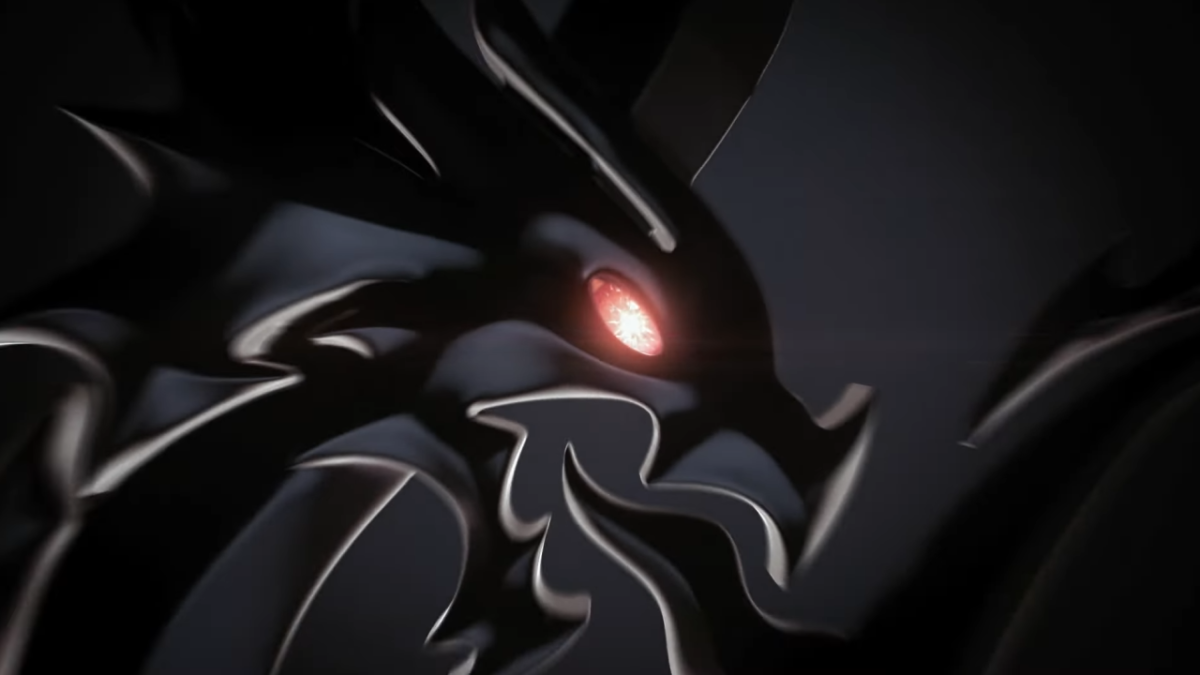

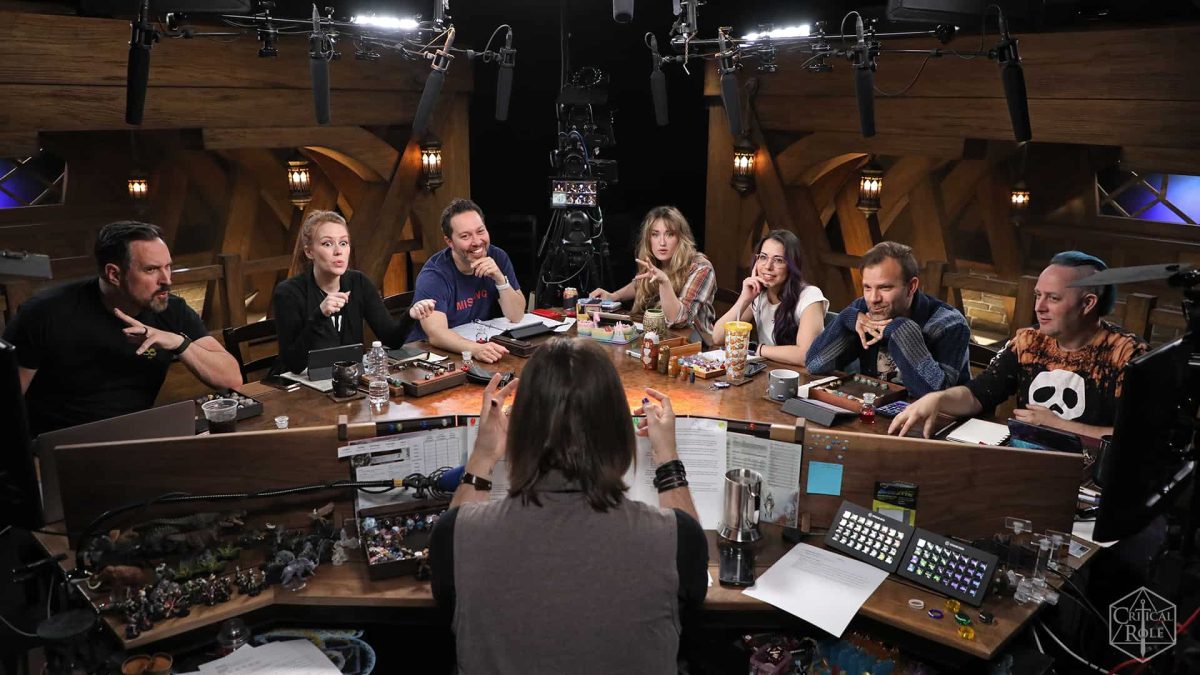
Published: Oct 9, 2023 05:08 am